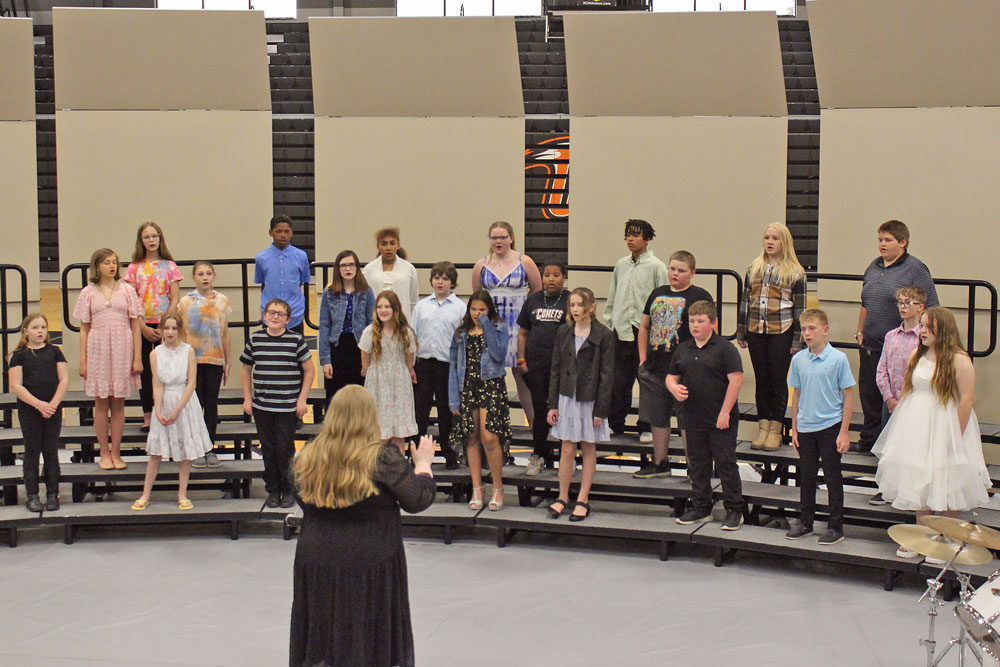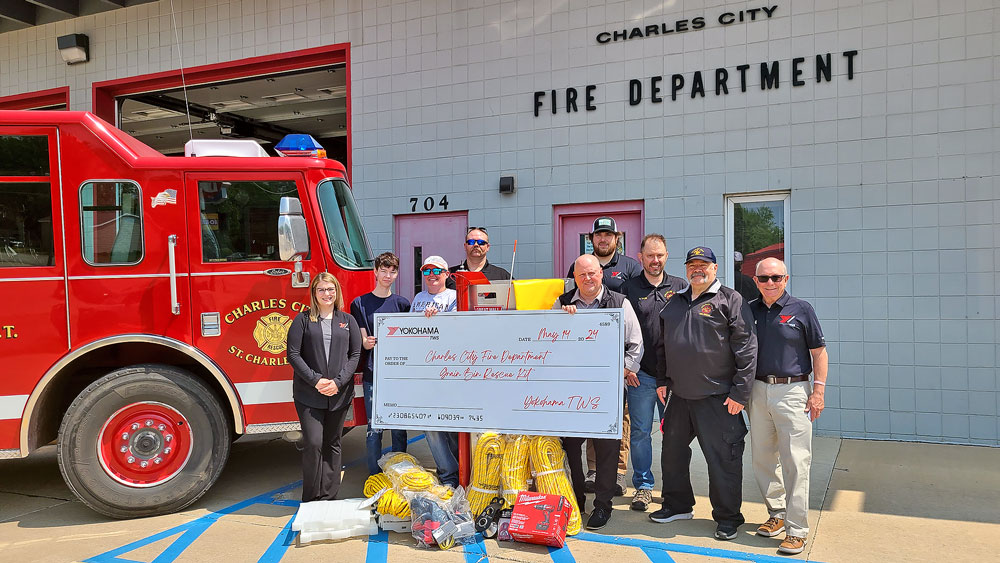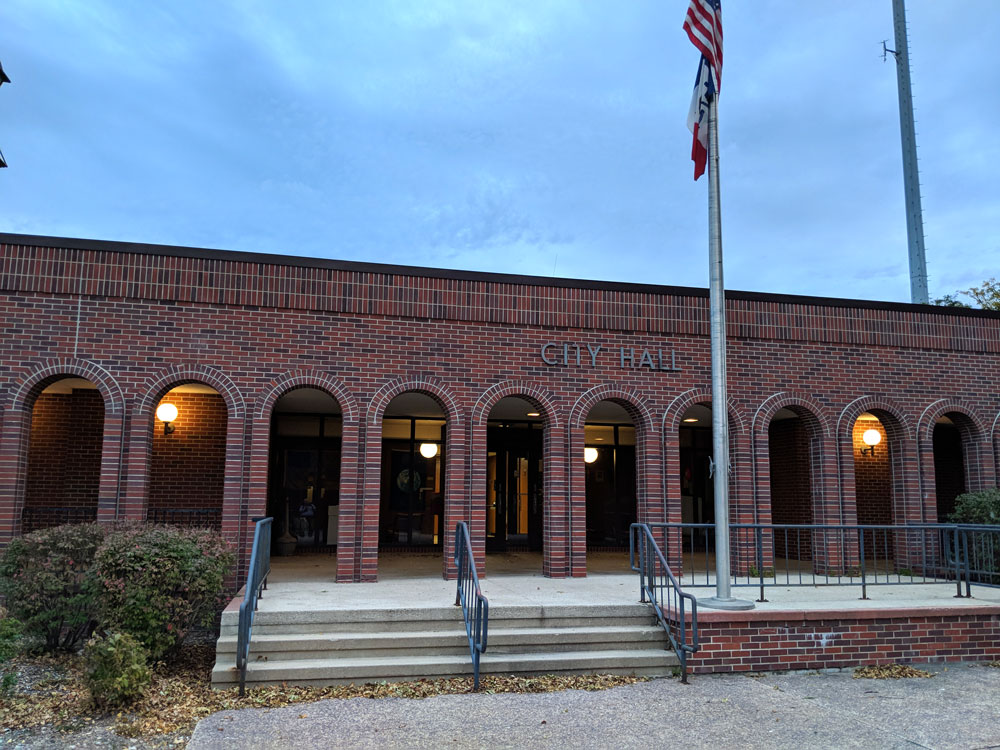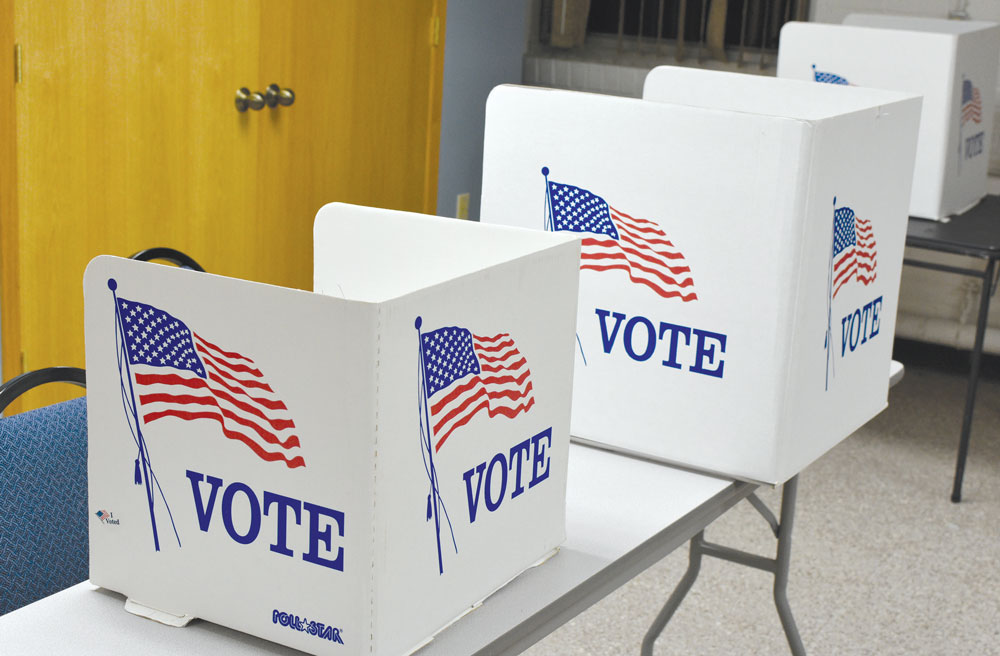A moon for all moods: Blue, super and lunar eclipse, all rolled into one

Watching event will be Wednesday morning at county park
By Thomas Nelson, tnelson@charlescitypress.com
A total lunar eclipse, blood moon, full moon, and supermoon will visible starting Tuesday night.
Floyd County Conservation will be hosting a viewing of the moon Wednesday morning starting at 6:30 at the Fossil and Prairie Park near Rockford.
“It technically starts Tuesday night, but I’m choosing to do my part Wednesday morning,” said Floyd County Conservation Naturalist Heidi Reams.
Reams will give a brief presentation on the all of the lunar events prior to the viewing.
“One of the perks of our location is there’s not a lot of blockage,” Reams said. “So we’ll be able to have a good view of the moon, and hopefully no clouds in the sky to block it.”
Folks that attend the event at the Fossil and Prairie Center will venture outside to attempt to see the phenomenon
“The lunar eclipse is because the sun, the earth and the moon will all be lined up,” Reams said. “It doesn’t happen as often because their orbits are a little bit different.”
The blue moon will have less to do with the color as it does how many full moons there are in a month, Reams said.
This is the first time that this series of lunar events has happened since 1982, and the next won’t occur until 2037.
The Fossil and Prairie Park event does have pre-registration, but people are also welcome to just show-up, Reams said.
She advised people to dress appropriately for the weather while outside when viewing the event.
“It’s not like the solar eclipse. We can look directly at the moon without harming our eyes,” Reams said.
According to information from The Associated Press, the eclipse will be visible best in the western half of the U.S. and Canada before the moon sets early Wednesday morning, and across the Pacific into Asia as the moon rises Wednesday night into Thursday.
A blue moon is the second full moon in a month. A supermoon is a particularly close full moon, appearing somewhat brighter and bigger. A total lunar eclipse — or blood moon for its reddish tinge — has the moon completely bathed in Earth’s shadow.
“I’m calling it the Super Bowl of moons,” lunar scientist Noah Petro said Monday from NASA’s Goddard Space Flight Center in Greenbelt, Maryland.
Others prefer “super blue blood moon.”
Either way, it’s guaranteed to impress, provided the skies are clear.
The moon will actually be closest to Earth on Tuesday — just over 223,000 miles.
While a supermoon is considered less serious and scientific than an eclipse, it represents a chance to encourage people to start looking at the moon, according to Petro.
“I’m a lunar scientist. I love the moon. I want to advocate for the moon,” he said.









Social Share